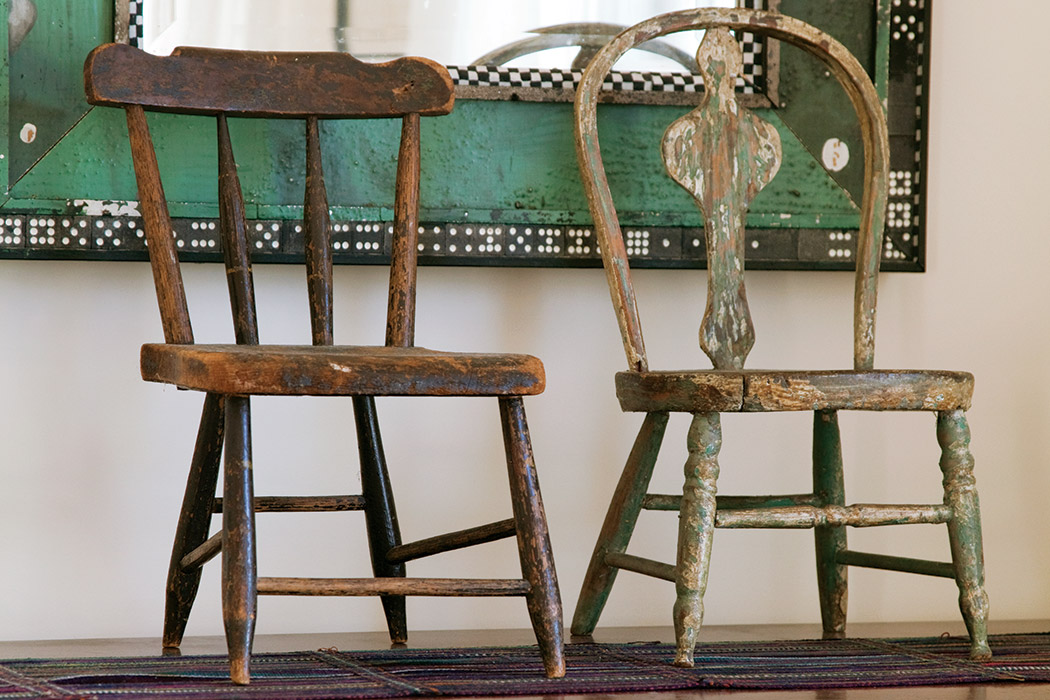Text by Haley E. Bridges / Photography by Eric Roth
For craftsman and teacher Miguel Gómez-Ibáñez, his passion for the handmade influences his daily life as well as his curriculum.
At the revered North Bennet Street School of trades and fine craftsmanship, President Miguel Gómez-Ibáñez and his colleagues strive to create objects to their highest proficiency that are both practical and handsome. As a more-than-20-year trained architect who needed a break from his highly structured work, Miguel enrolled in the school’s cabinetry and furniture-making program.
“I wanted to work with my hands, be creative,” he explains, and this nurturing environment for organic art forms inspired Miguel so much that in 2006, he became the school’s director.
Outside of his work with the school, Miguel spends his time crafting custom pieces for exhibitions and special-order clients. “The work keeps me sane,” he says. “It isn’t a money thing. I enjoy the work I produce.” This work, coupled with countless inspirations from other surrounding artists, gave Miguel an idea that would give new definition to the phrase “if these walls could talk.”
In their Maine cottage, Miguel and his wife, Fay Larkin, made the decision to only use items crafted by someone the couple knew. He jokes, “I don’t know who made my refrigerator, but I know who made my kitchen cabinets, furniture, the dining room table.” When asked his reasoning behind it, Miguel says it’s a lifestyle choice: “It’s supporting people and what they’re passionate about,” stressing the need for self-expression.
Miguel’s work does not hold to one motif. “I’m definitely drawn to nature, but I’m also very inspired by people and their work,” he explains. Miguel incorporates objects found around his home into many of his pieces, whether it’s maple branches used to form chairs or rocks he found on Maine’s beaches that have been crafted into doorknobs.
His architectural and creative backgrounds combined with his own study of cabinetry have proven most beneficial to Miguel’s teachings. He explains, “You need both craft and technique to understand and be good at building. You need the idea, what you want it to look like, and you need the skills to make it perfect.”

